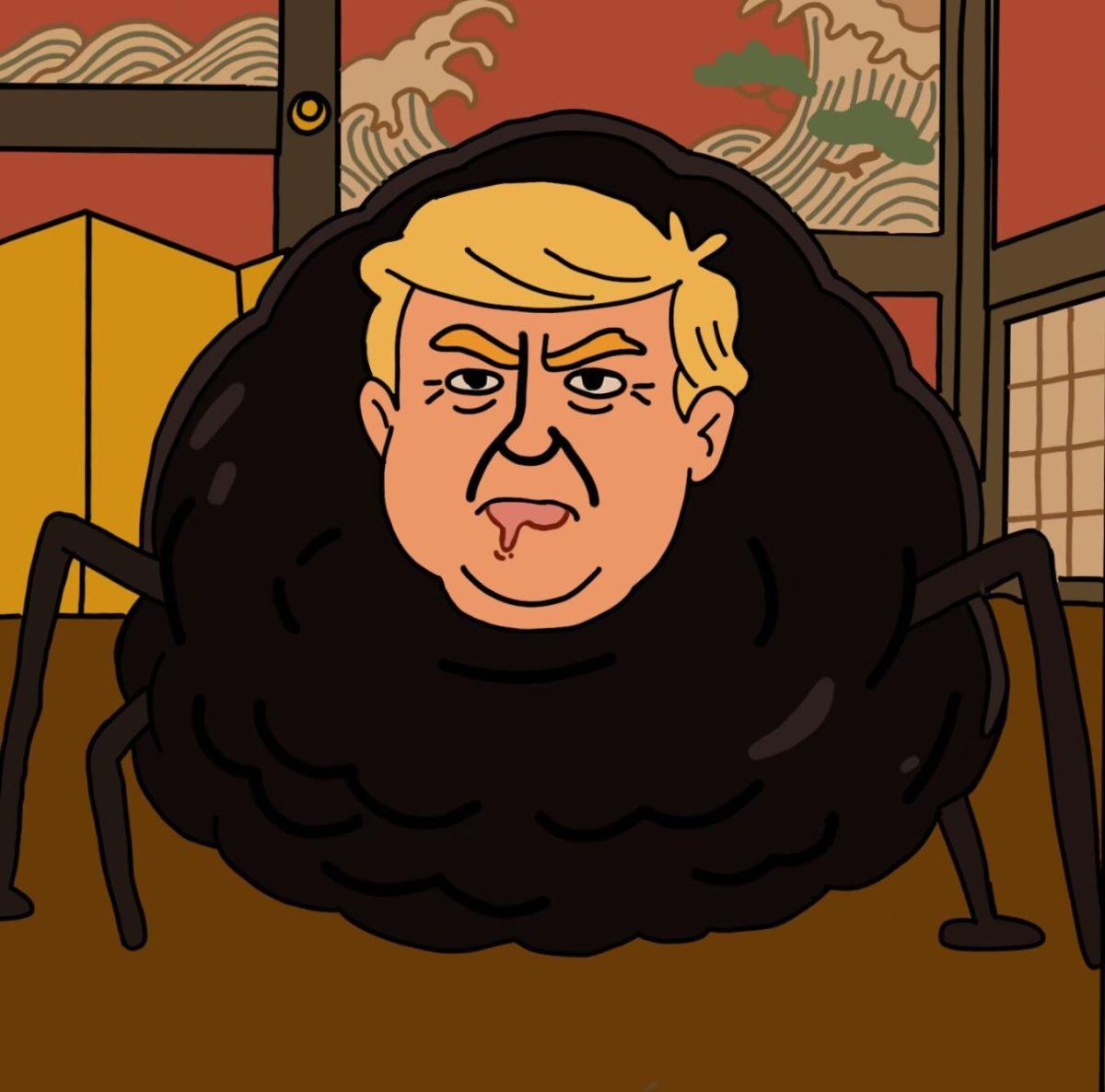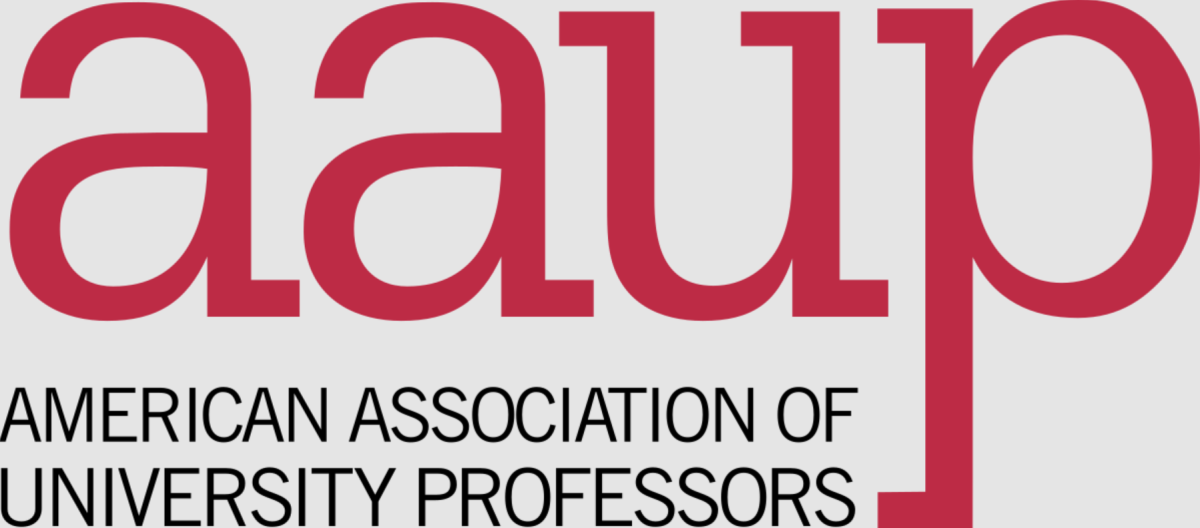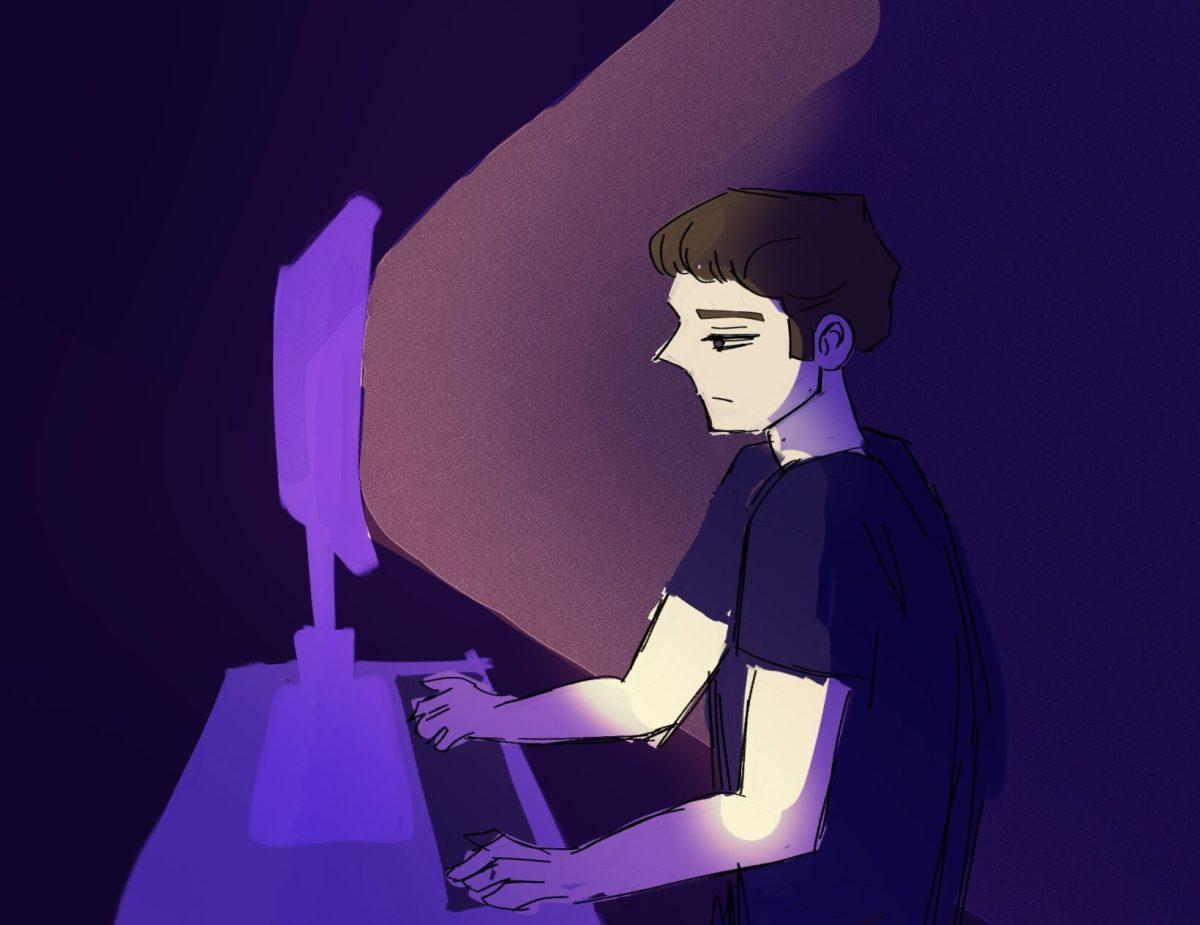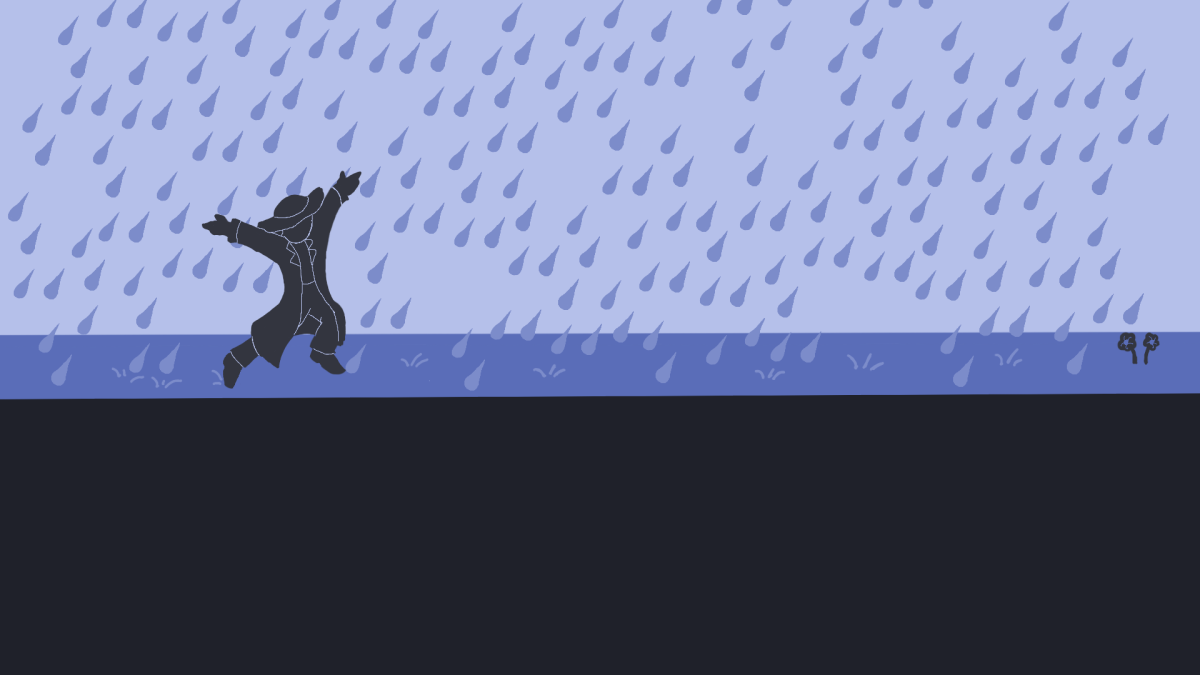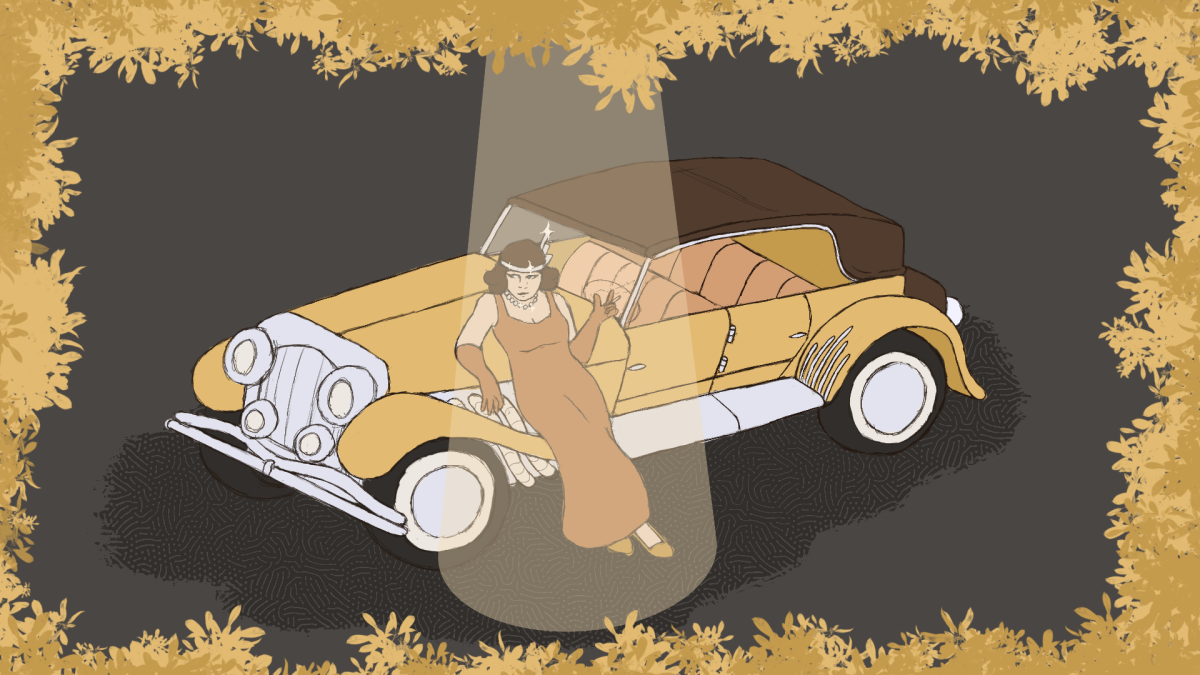Every year since 1947, a group of scientists has congregated in the fall to tell humanity how close it is to destroying itself. The Bulletin of the Atomic Scientists, composed originally of the scientists behind the Manhattan Project, created a symbolic clock that was meant to show, based on varying nuclear and political factors, how close the world is to destruction. Since its founding, the clock has moved forward or backward depending on the climate of the era.
In 2015, the Bulletin of the Atomic Scientists decided to move the clock forward to 11:57 p.m. This is the closest the world has supposedly been to ending since 1984 during the Cold War era.
So what has brought humanity so close to its destruction? According to the Bulletin, nuclear warfare is not the only major threat we face anymore. After 2007, scientists began to factor climate change into their “Doomsday Model,” and they believe that the current levels of climate change are pushing humanity to its limits. Richard Somerville, a research professor at the Scripps Institution of Oceanography, says greenhouse gas emissions that cause climate change have risen more since 2000 than in the past three decades combined. Even so, Somerville said legislators have not done enough to push a successful global climate deal.
Meanwhile, nuclear threats are still an issue. According to Science and Security Board’s Sharon Squassoni, nuclear weapons disarmament talks have all but stopped. Meanwhile, countries are continuing to grow and develop their nuclear weapons program.
Yet, there is still time to move back the clock. The Board, in charge of the Bulletin of Atomic Scientists, has called for some serious changes. Its suggestions include capping greenhouse emissions, reducing the spending on nuclear weapons and continuing to push for disarmament of all nuclear weapons.
There is still time to fix the issues of nuclear warfare and climate change that are currently affecting our society. If anything, the “Doomsday Clock” should serve as a reminder of how our actions are impacting the sustainability of human life on this planet. It should remind us that it is not too late to change the way things currently are.
So can we do what is necessary to sustain humanity? The clock is, quite literally, ticking.








